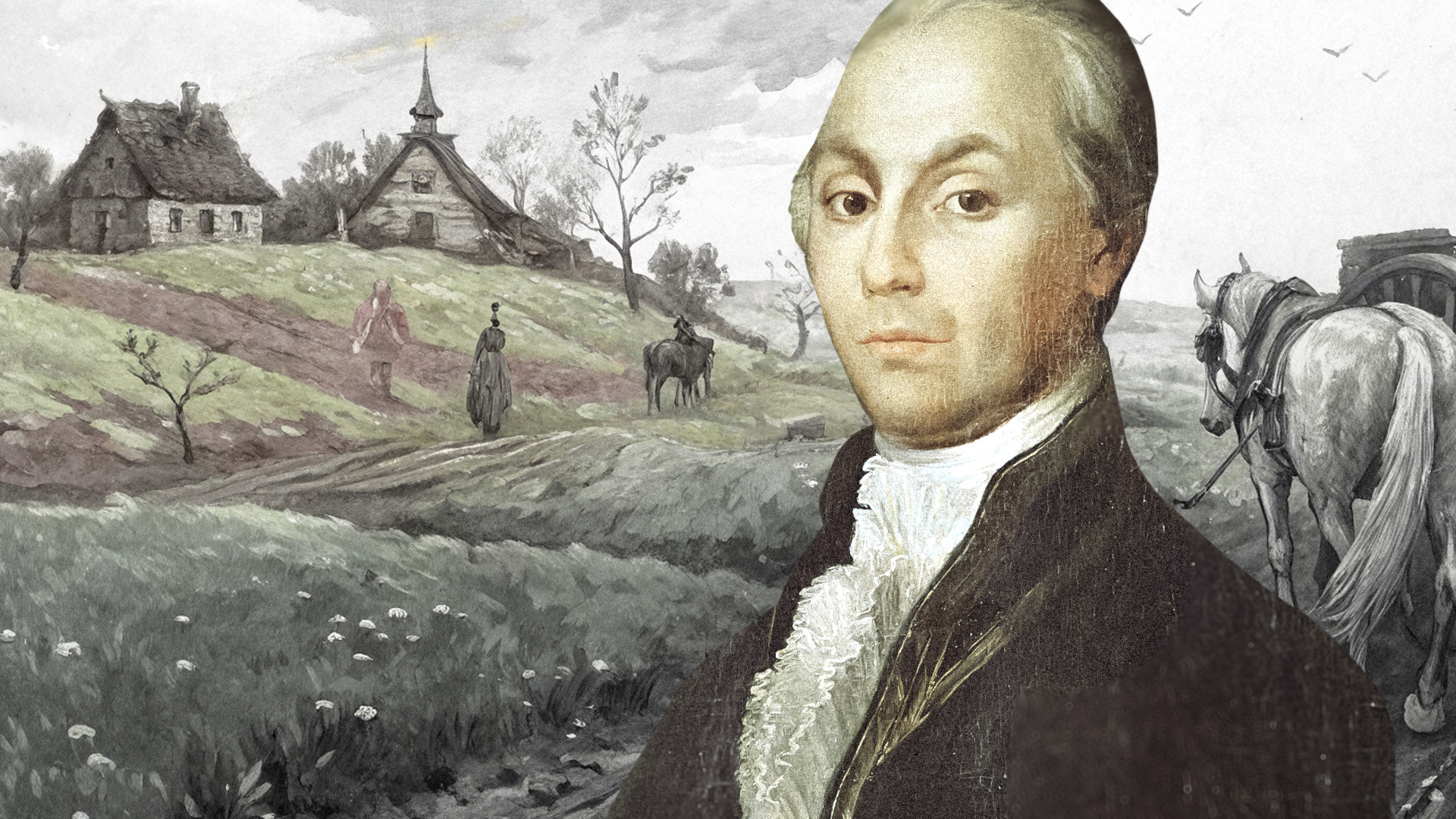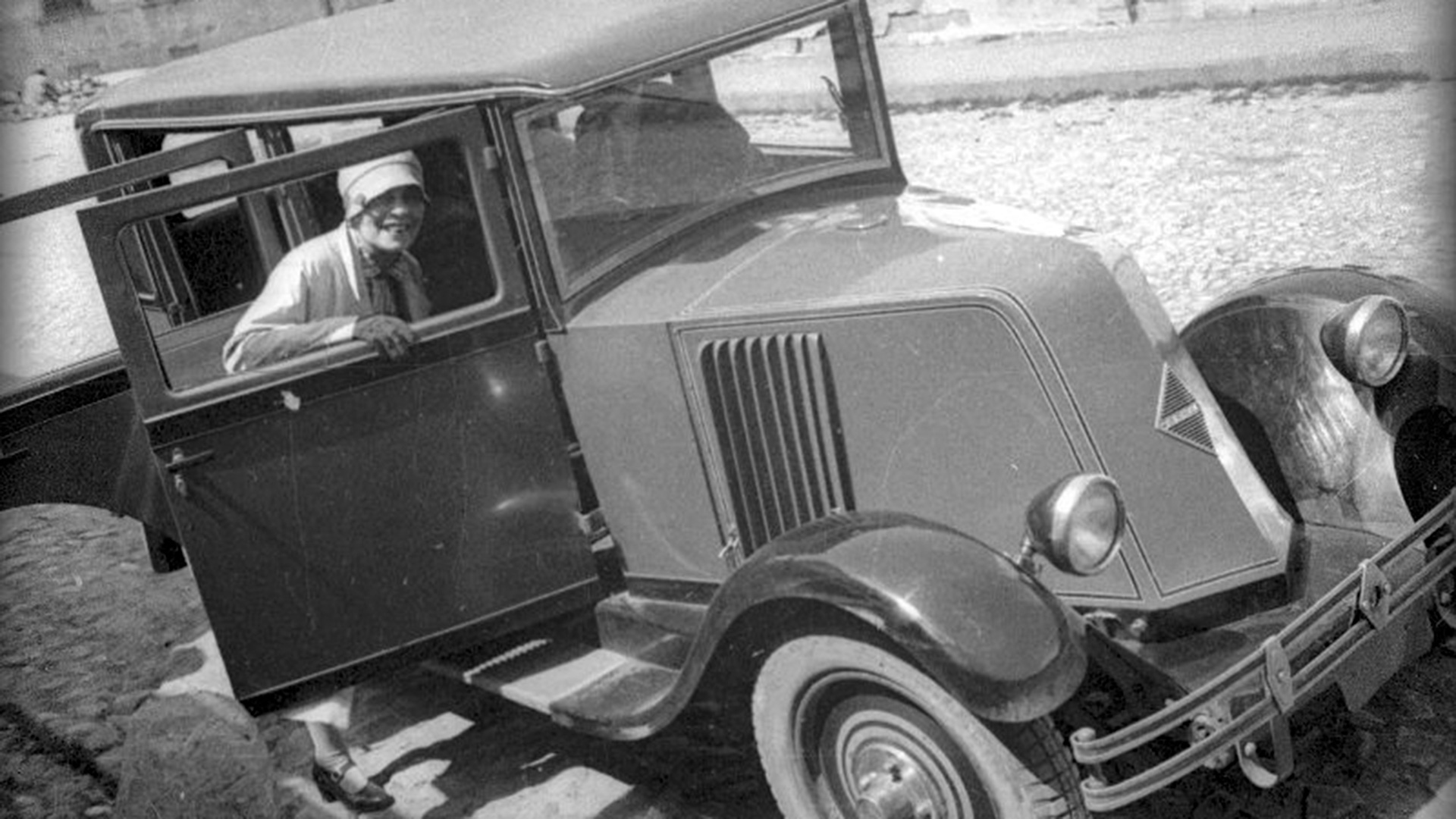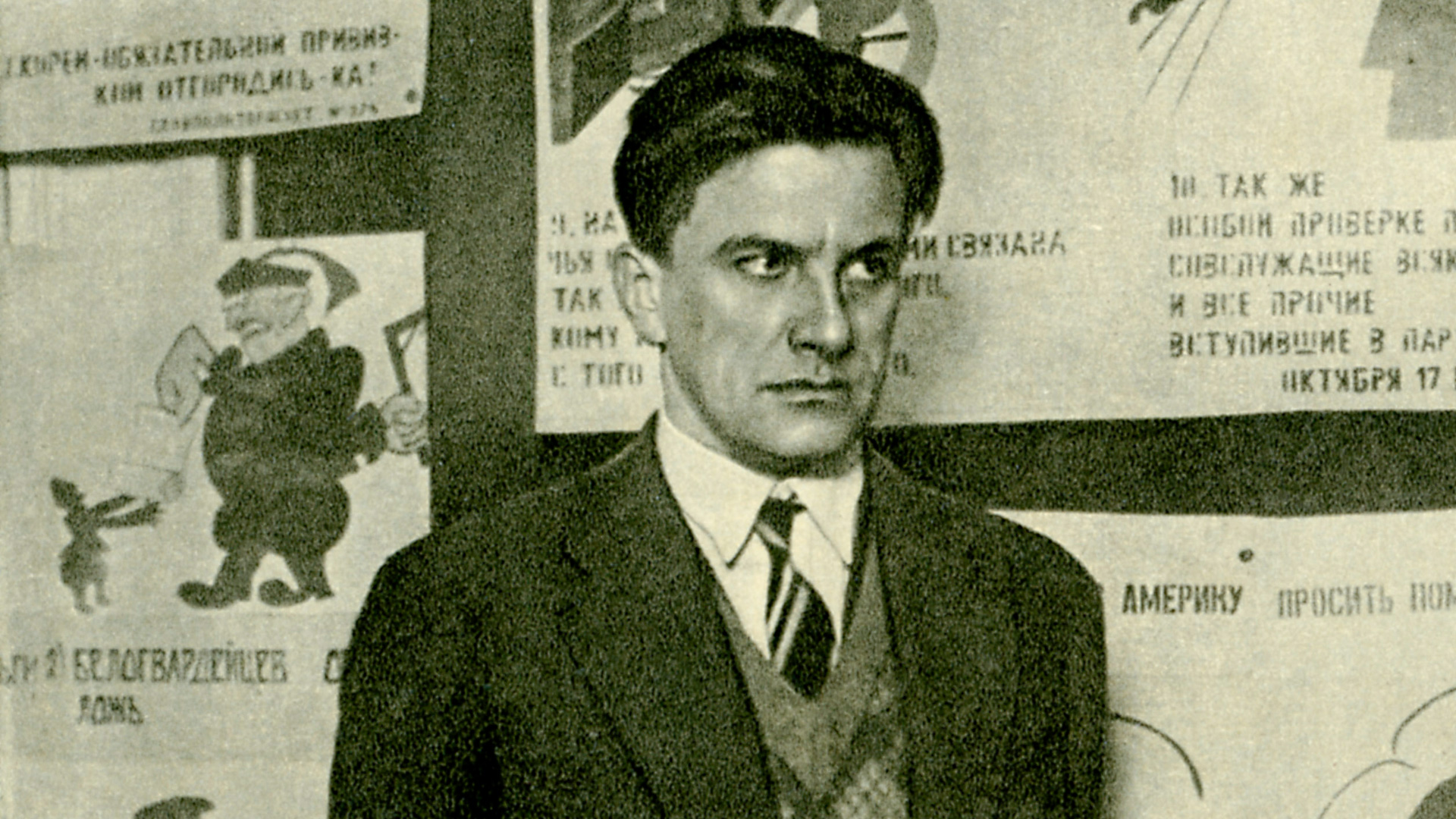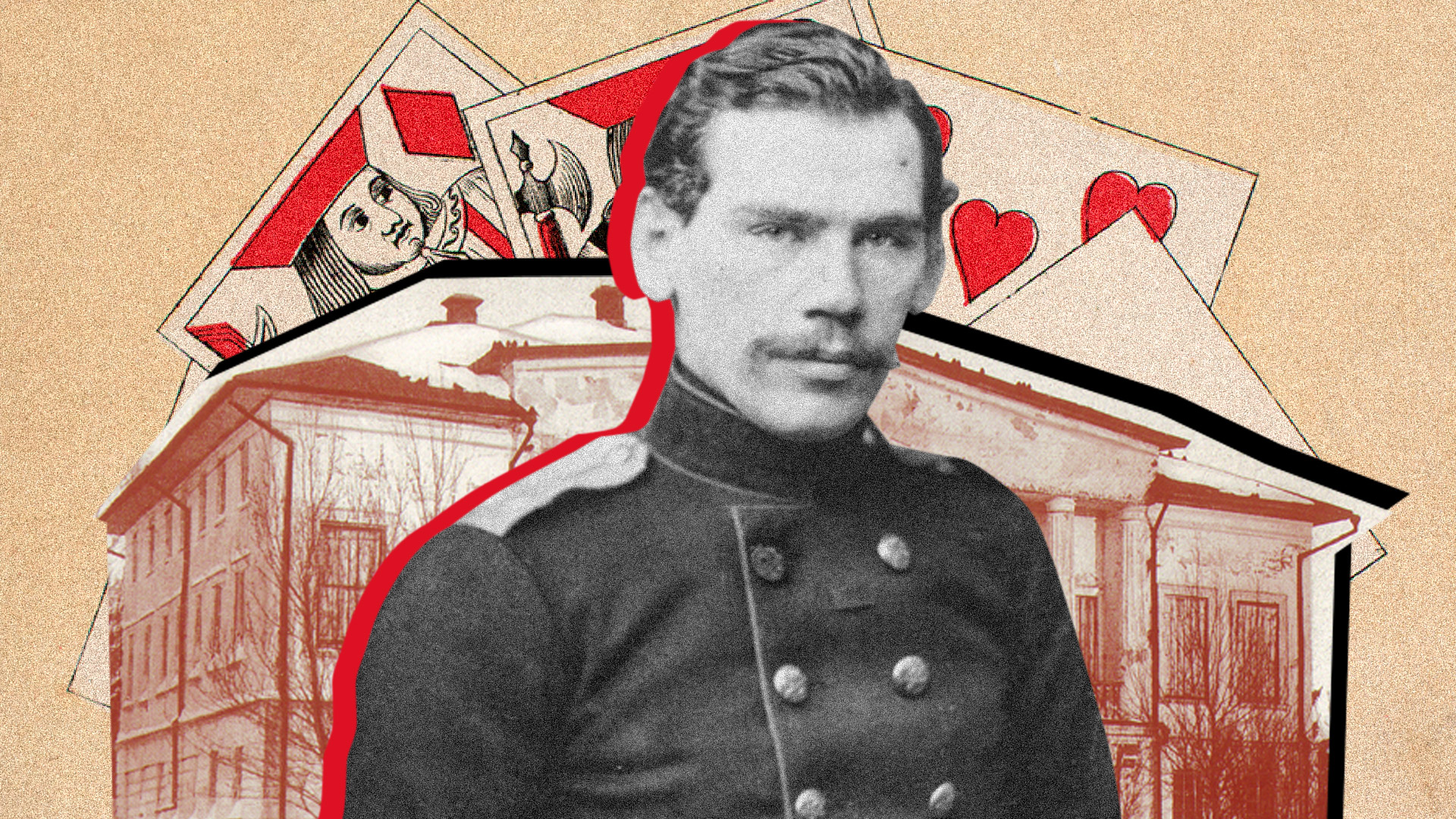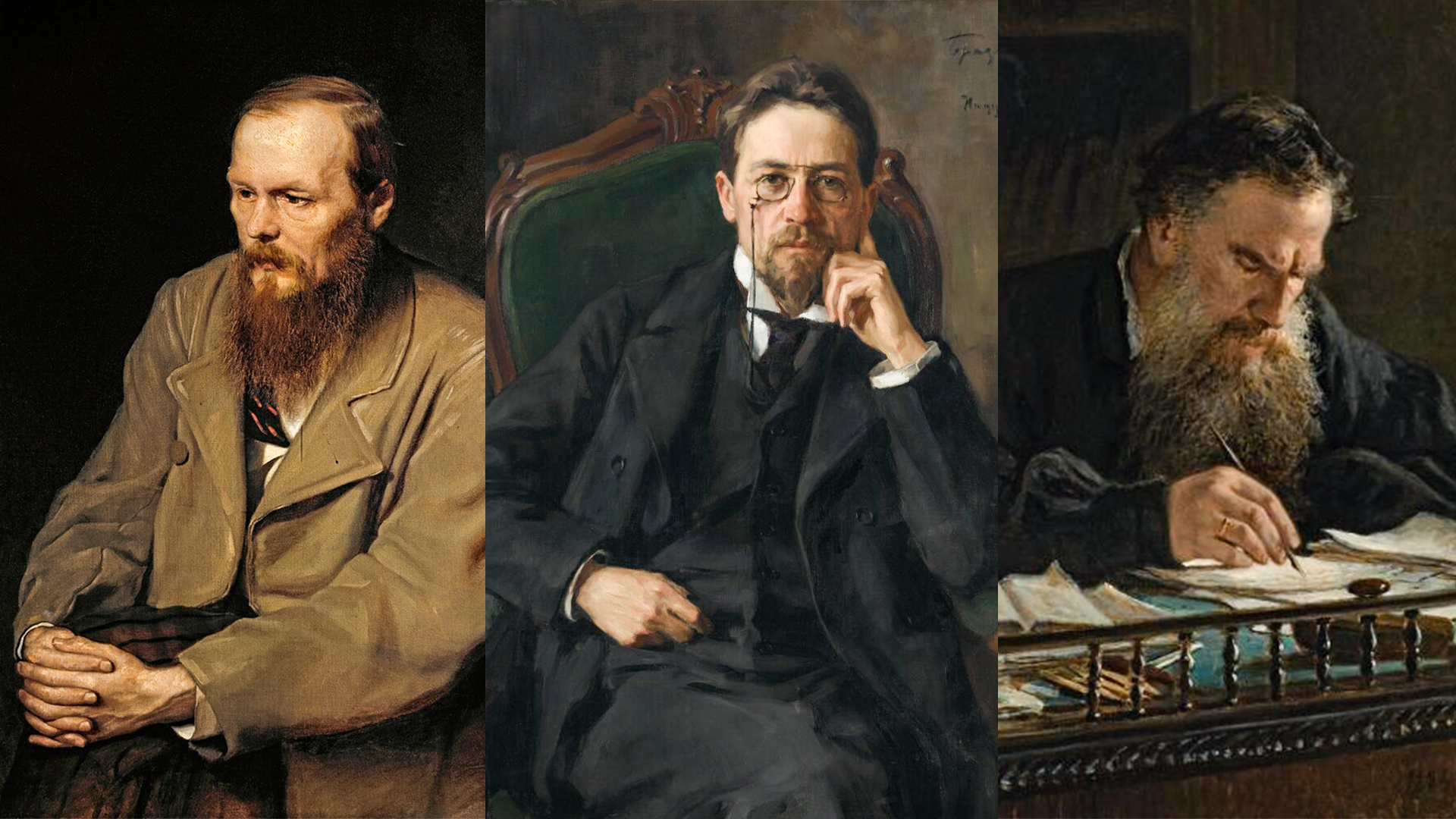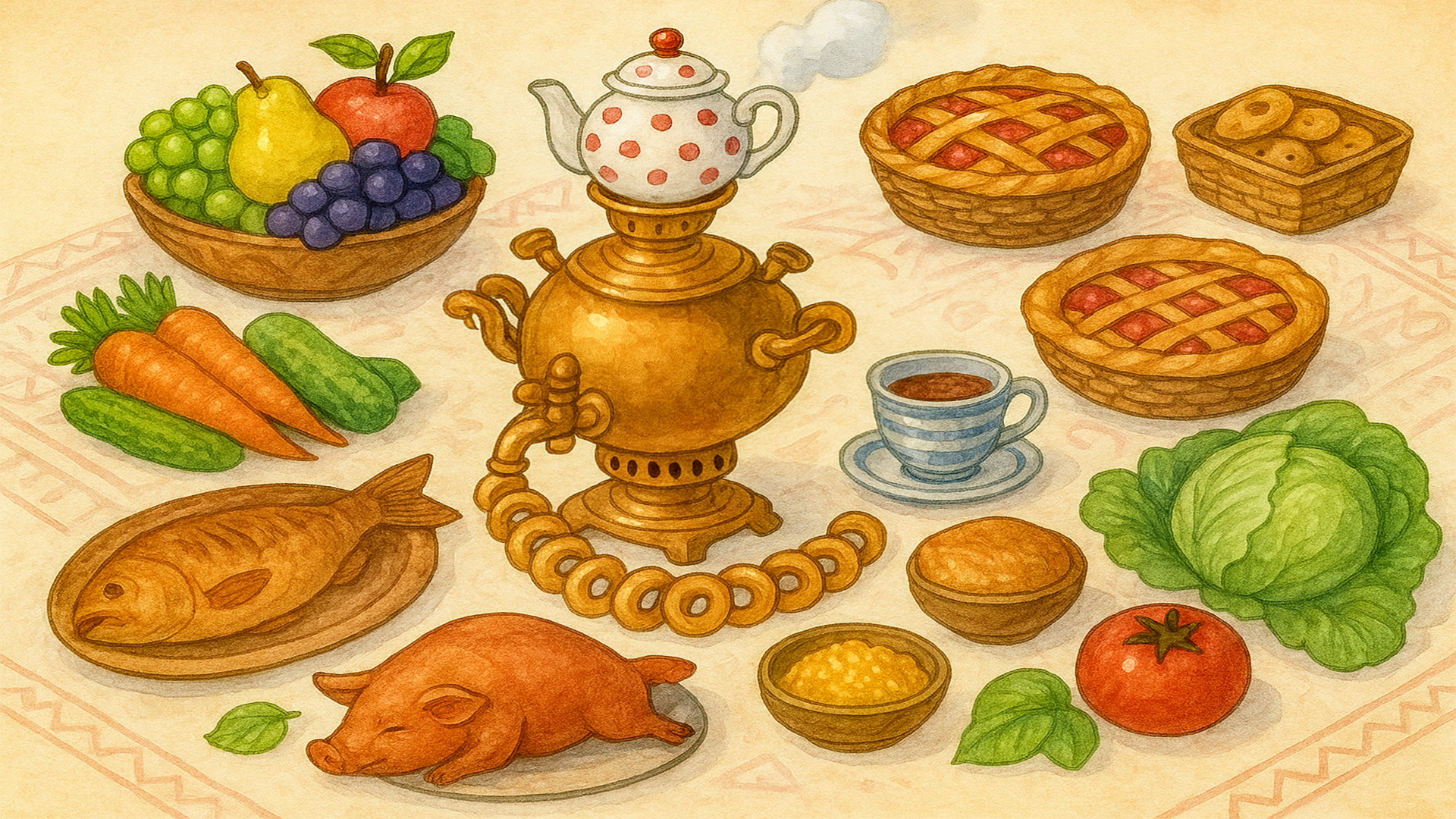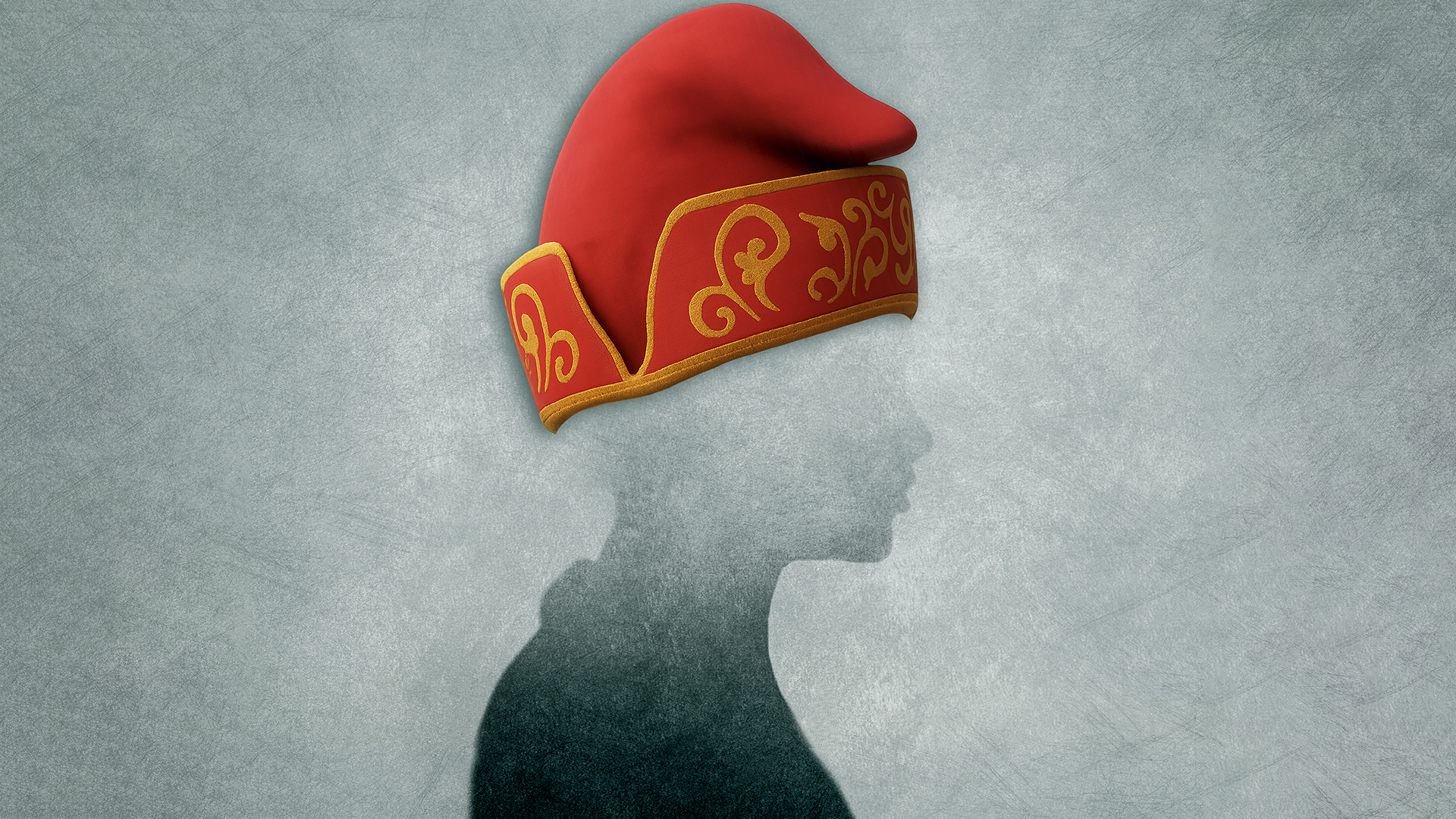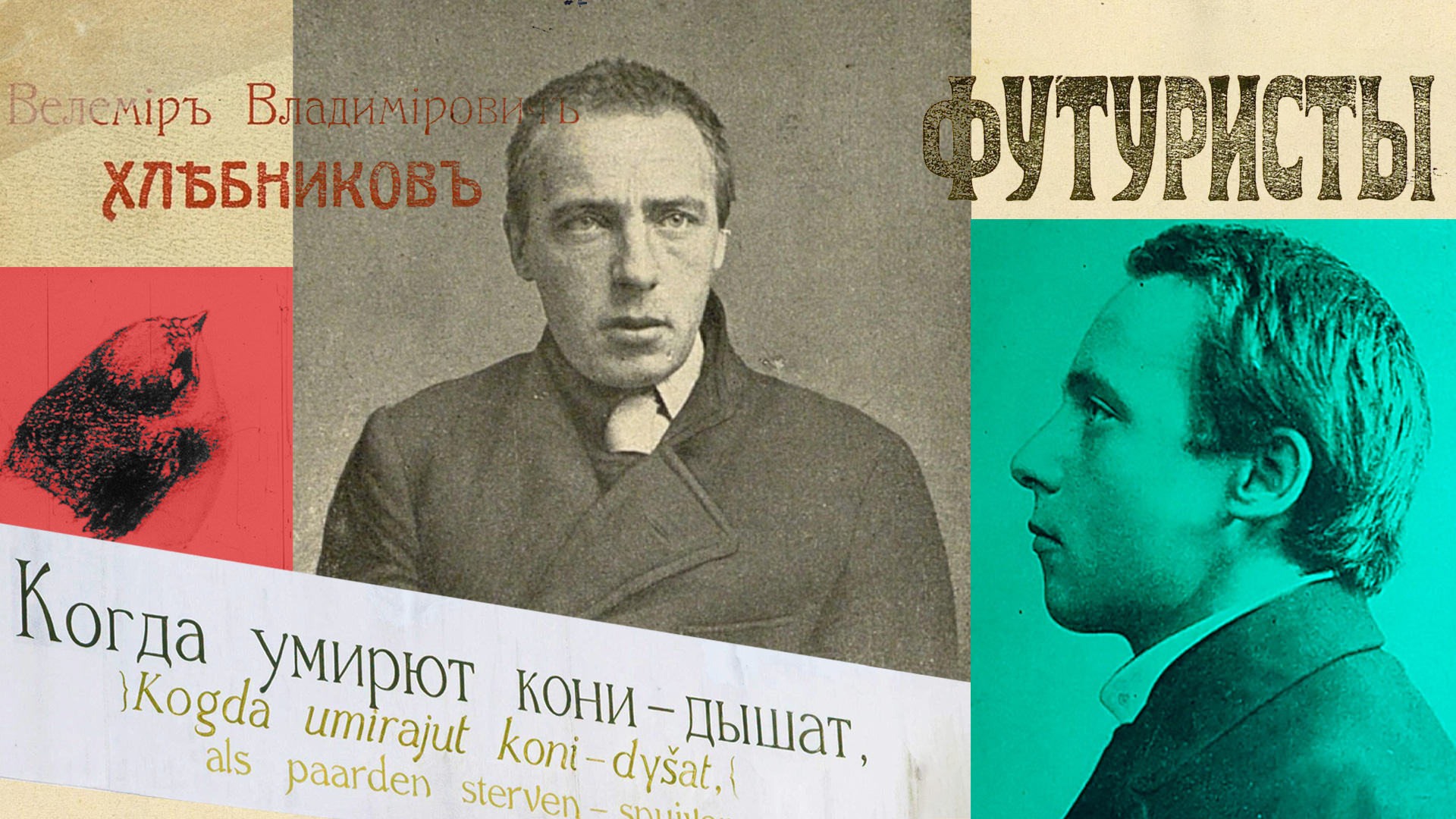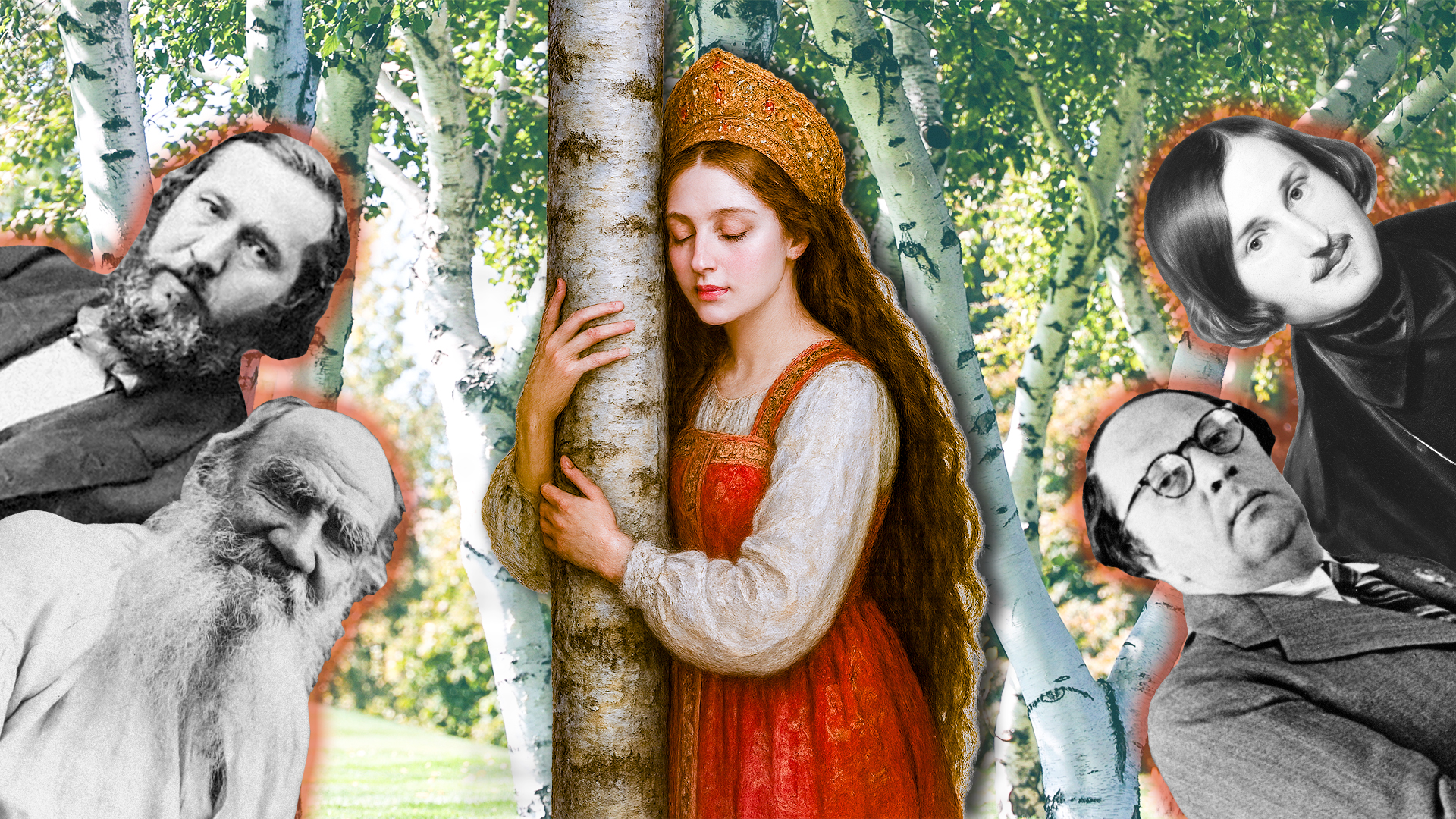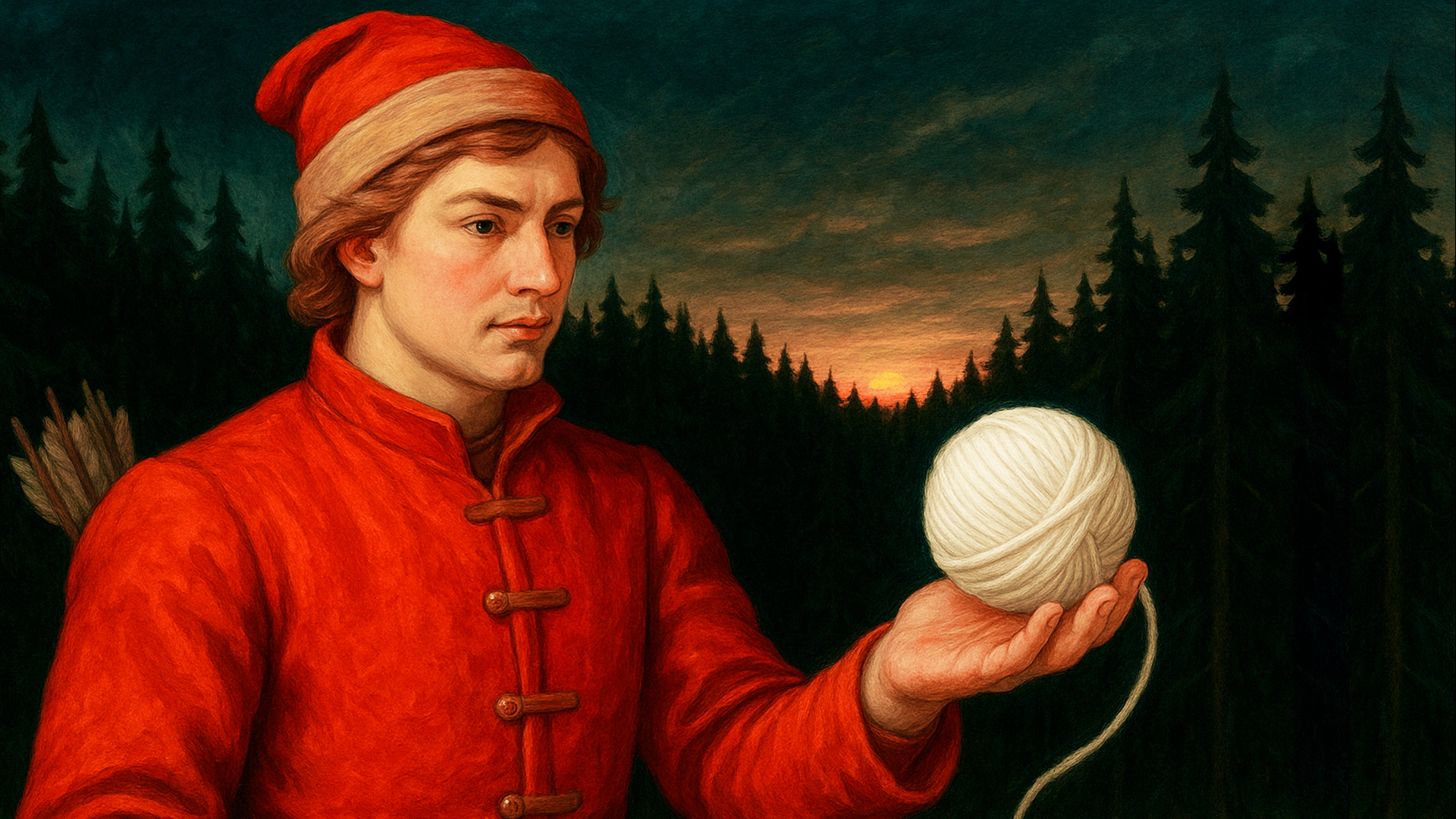
Who is ‘Viy’ in Russian literature? (PICS)
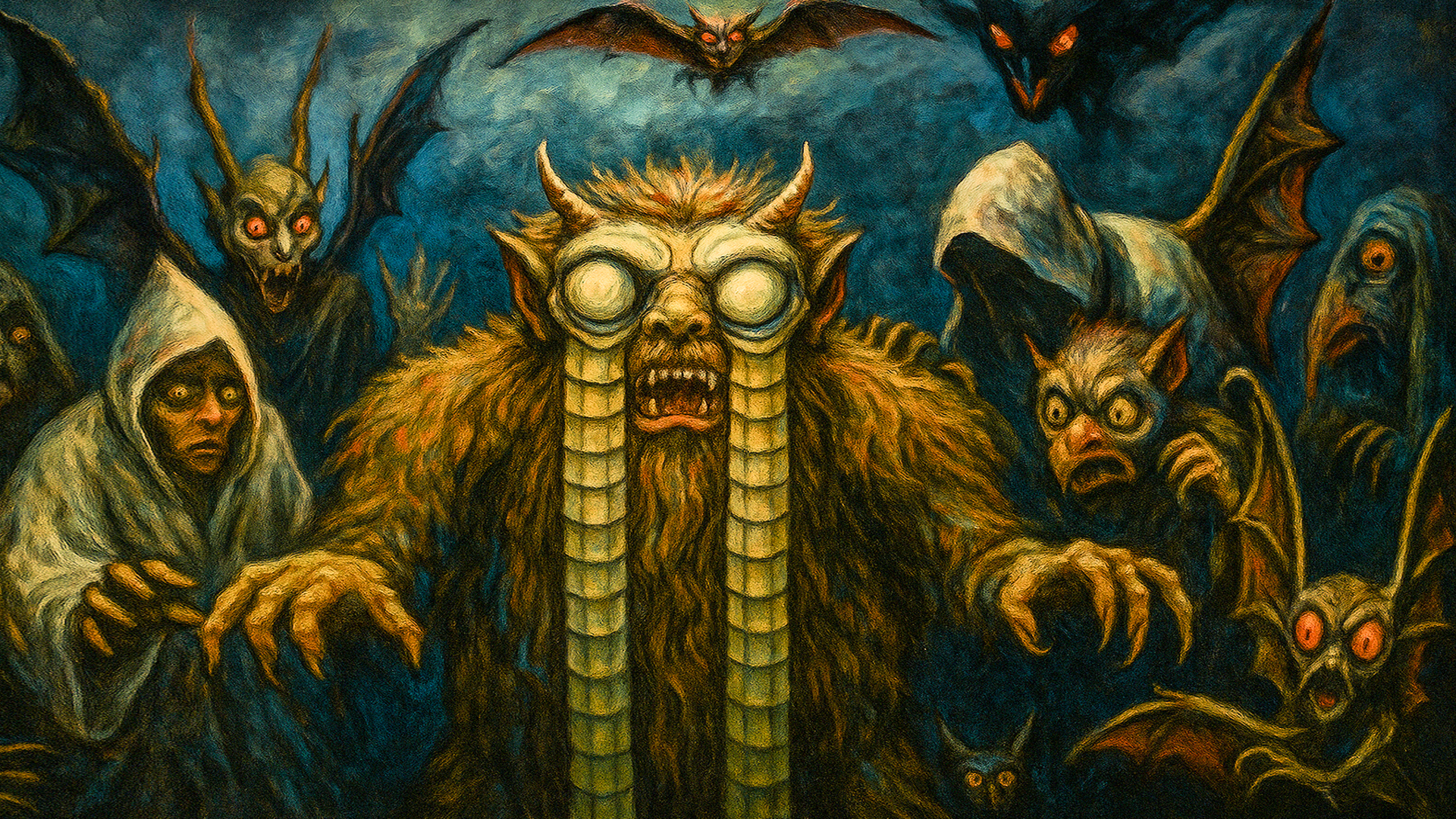
“He [Khoma] saw a squat, burly, clubfooted man being led away. He was completely covered in black earth. His legs and arms, covered in earth, jutted out like sinewy, strong roots. He walked heavily, stumbling constantly. His long eyelids reached to the ground. Khoma noticed with horror that his face was made of iron,” is how the protagonist of Nikolai Gogol’s novella ‘Viy’ saw the demon.
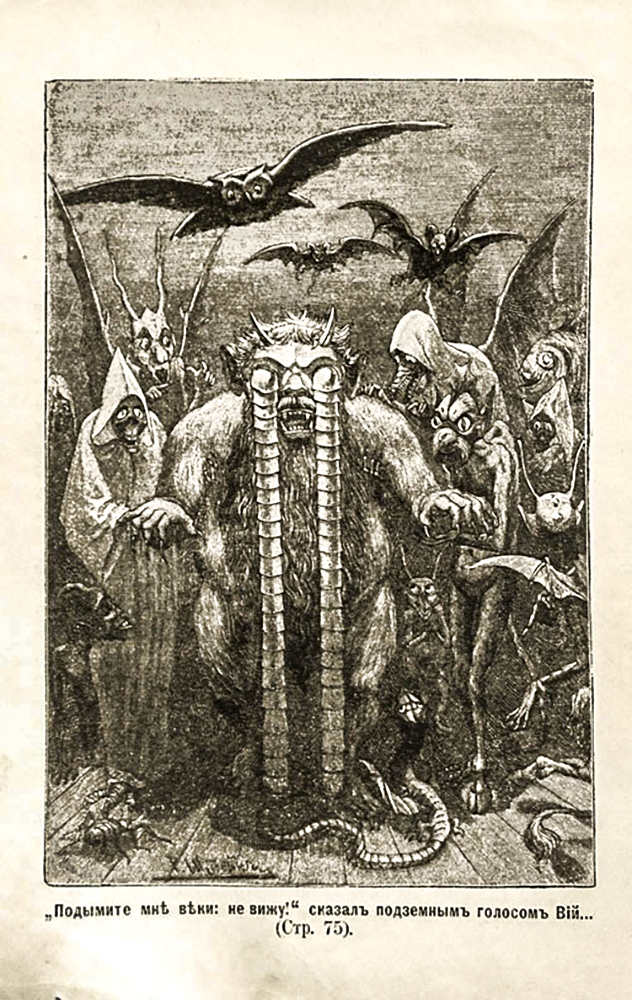 Viy. Engraving by R. Stein from the 1901 edition
Viy. Engraving by R. Stein from the 1901 edition
“This is the name given among the Little Russians to the chief of the gnomes, whose eyelids reach to the ground,” the author himself explains the origin of his character. However, neither before nor after Gogol have scholars been able to find any ‘Viy’ in folklore. Therefore, they still debate which mythological character served as the prototype for the monster and why it’s called that. Various theories have been put forward and, currently, there are several. Here are the main ones:
Saint Kasyan
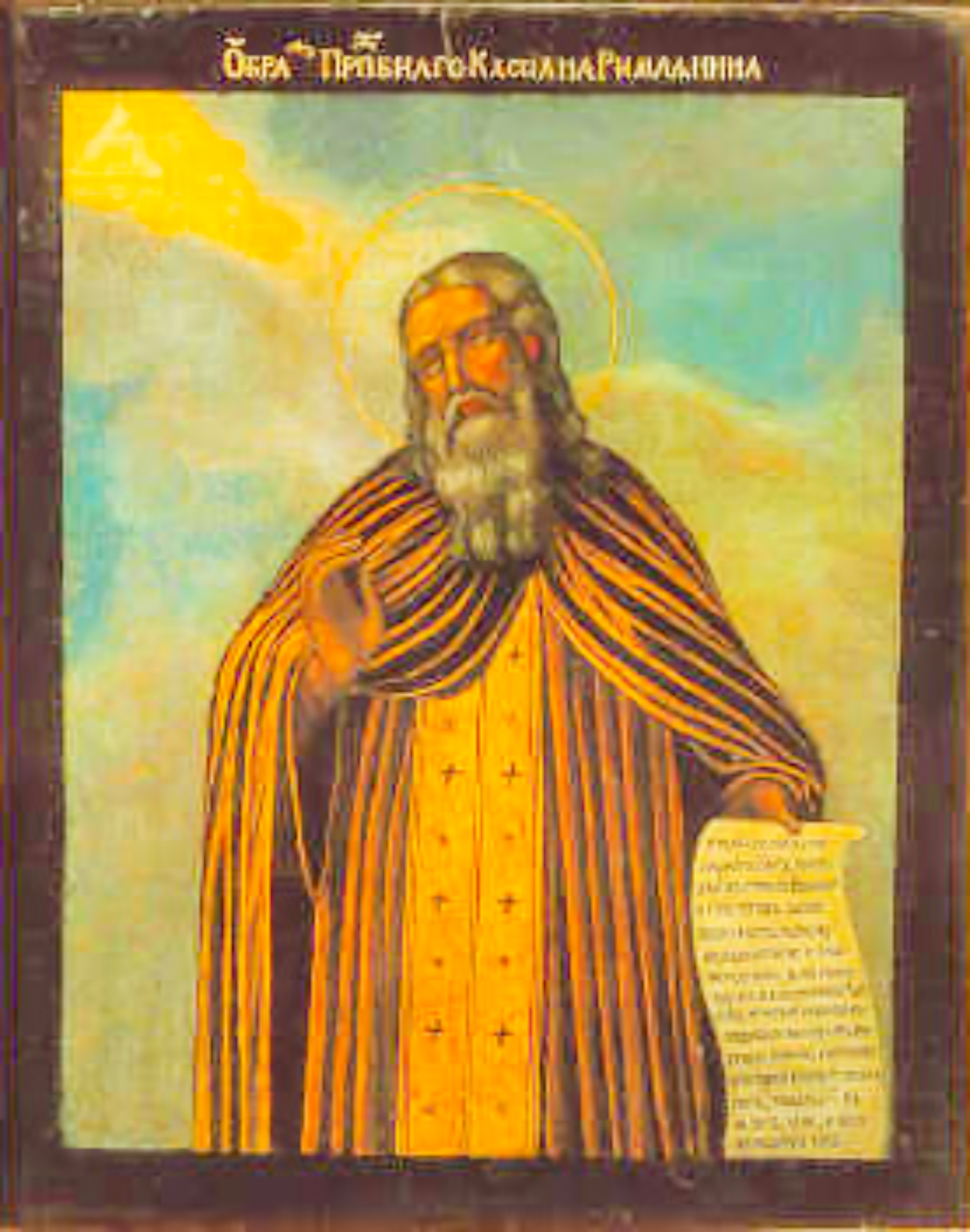 Image of St. Cassiana. Russian icon 18th century
Image of St. Cassiana. Russian icon 18th century
In Eastern Slavic folklore, there is the image of Saint Kasyan – a figure with a dual nature, rooted in both paganism and Christianity. His day is celebrated every four years, on February 29. This saint has a dark reputation: He’s considered a source of misfortune, as evidenced by proverbs. For example, his gaze was believed to have destructive power: "Whatever Kasyan looks at, everything withers," "Kasyan came, limped and began to destroy everything in his own way."
Judas Iscariot
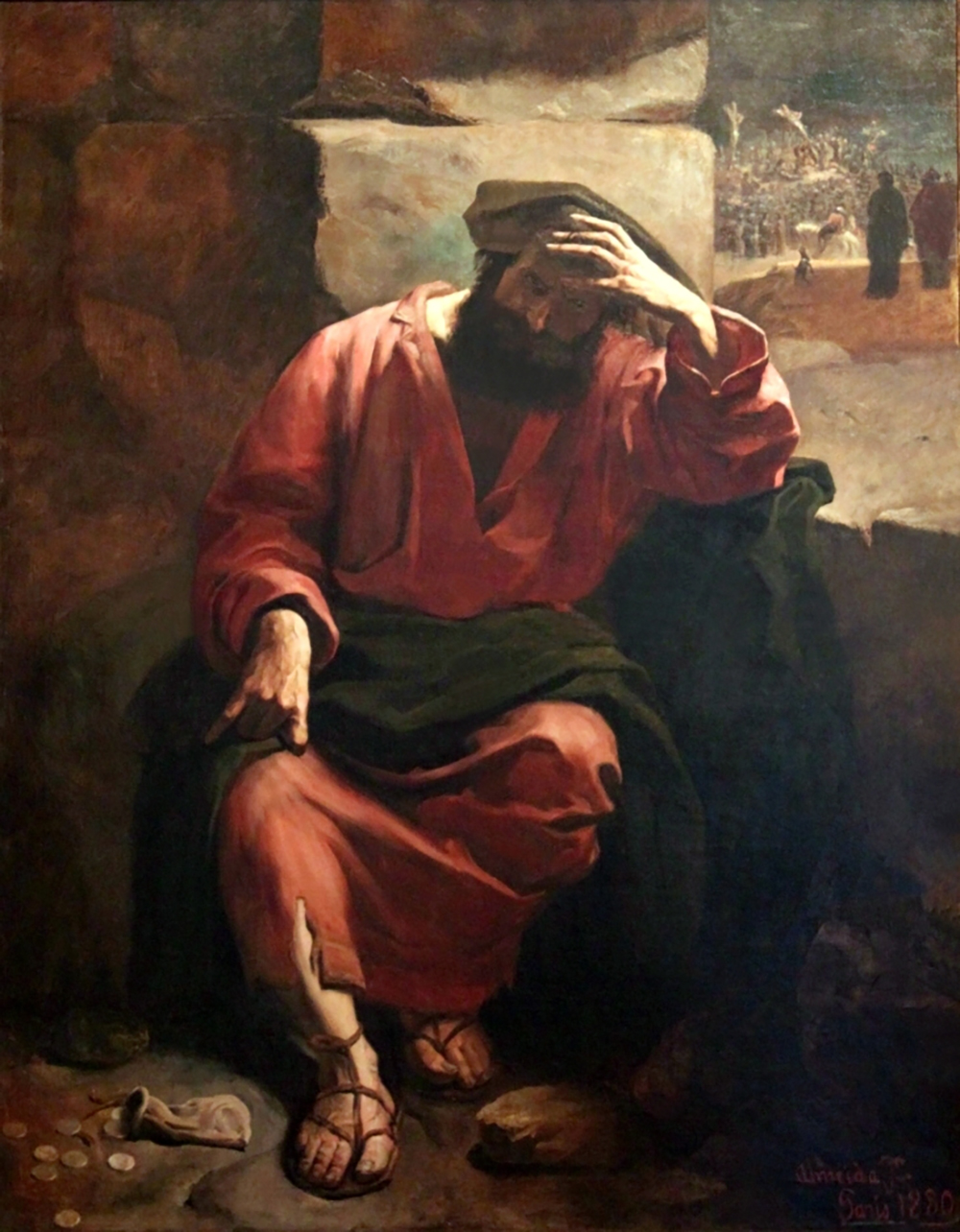 José Ferraz de Almeida Júnior. Judas's Remorse
José Ferraz de Almeida Júnior. Judas's Remorse
Apocryphal sources describe Judas shortly before his death as follows: his eyelids became enormous, swollen to incredible proportions, obscuring his vision and his body became monstrously swollen and heavy.
The Fairy tale Underworld Lord
 Underground Lord
Underground Lord
In the Russian folk tale of ‘Ivan Bykovich’, the hero, having dealt with multi-headed monsters and their wives on the Smorodina River, incurs the wrath of a witch. In revenge, she kidnaps Ivan and delivers him to her husband – the underworld lord. He "lies on an iron bed, unable to see: long eyelashes and thick eyebrows completely obscure his eyes."
Veles (Volos)
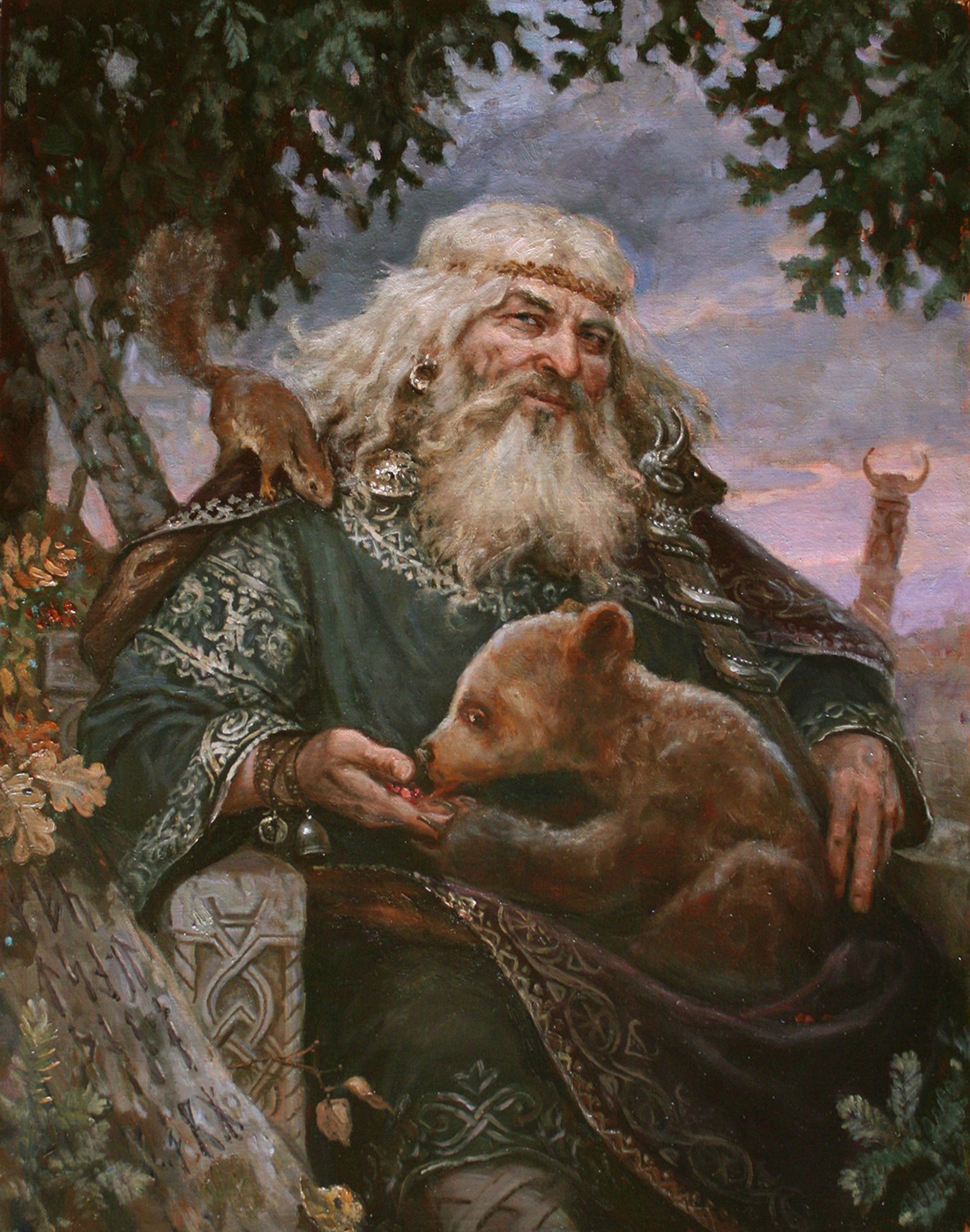 Andrey Shishkin. God Veles
Andrey Shishkin. God Veles
This is one of the main and most revered gods in the ancient Slavic pantheon. God of the earth, the underworld, magic, cattle and wealth. After the Baptism of Old Russia, many of Veles' traits were transferred to Saint Blaise, who became the patron saint of wild animals.
Satan
 Illustration from the Nuremberg Chronicle of the Berkeley Witch being carried off by the Devil on horseback.
Illustration from the Nuremberg Chronicle of the Berkeley Witch being carried off by the Devil on horseback.
Researchers have discovered that a scene from ‘Viy’, in which a young lady rises from her coffin and Khoma defends herself with a magic circle, alludes to Robert Southey's ballad ‘The Berkeley Witch’. Vasily Zhukovsky's 1814 translation of the ballad was obviously familiar to Gogol. The ballad's plot overlaps with Gogol's: after her death, a witch forces a monk to pray over her for three nights. As in Gogol's story, the first two nights pass relatively peacefully, but, on the third, the devil appears and carries the witch away, leaving the monk's fate unclear.


